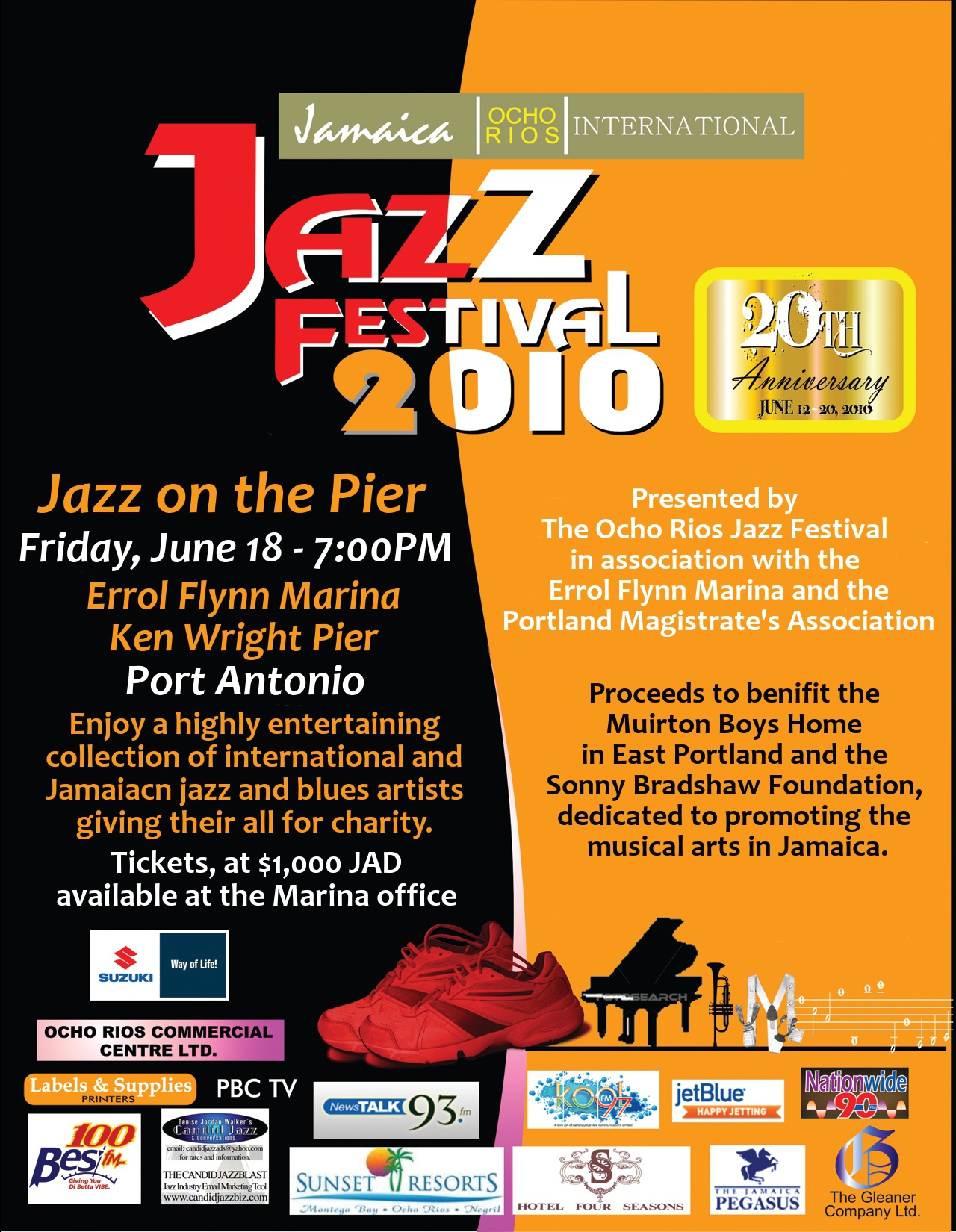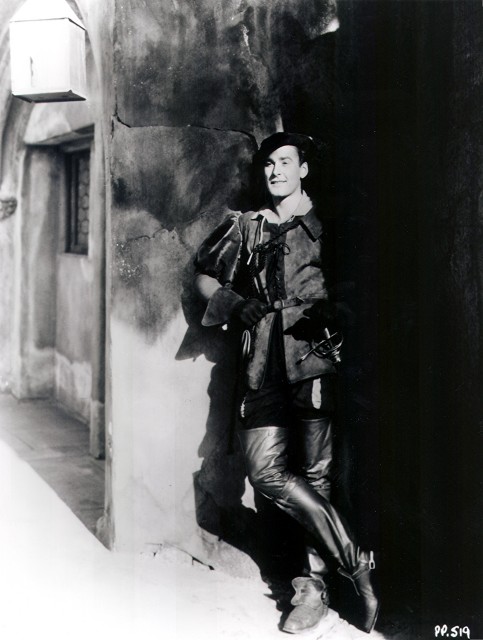Here is my tribute for what would have been Mr Flynn's 101st Birthday!
— Sam
Hello my Friends;
I have been absent for a while, due to some things that
happen in life, but I am back with great news!
You have to listen to this broadcast by Jack Marino! A Must!
This is the second show Jack Marino sent to me!
ENJOY – Tina!
Admin note: there is a posting and comment guideline rule that politics and religion unless it is Flynn's or his lack thereof not be discussed on The Errol Flynn Blog so that nobody feels uncomfortable visiting the blog. We are here for dear old Errol and not to put forth our own politics and it has worked out very well. That said, there is some political content in at least one of Jack Marino's shows that has nothing to do with Flynn, and is not part of the interviews Jack Marino is conducting. Jack, who owns his show and its content, has given permission to cut this material out of his shows in keeping with this rule. However, it is currently beyond what I can do technically… In this case, we will warn listeners that there is political content that they may disagree with on these broadcasts but that this blog is not responsible for nor does it endorse any political point of view expressed by the producers of the programing in which these excellent Flynn-related interviews are heard. Additionally, here is a link to a third show with a wonderful interview with Robert De Young from Melbourne talking about the Flynn DVD that Jack and Linc Hurst are featured in…
www.latalkradio.com…Marino-040910.mp3
— Tina
Walt Disney pictures is releasing a new Fairy Tale with a twist. 'Tangled' the story of Rapunzel from the hero's point of view.
The hero is Flynn Rider, who is supposedly based on Errol Flynn, with his swashbuckling adventures and his ways with charming the ladies.
Here is a link to the trailer of the movie and i have also included a collage with pictures attatched of Flynn Rider and Errol Flynn…. Enjoy !
— Sam
Our friend Dale Westin keeps us up to date about events at The Errol Flynn Marina:
Hi Friends!
Just a reminder that our Second “Jazz on the Pier” is just a week away.
Come join us at the marina for a memorable evening and provide a
helping hand to the Muirton Boys Home. See the attached poster for
complete details.
See ya there!
Dale
P.S. There are no World Cup games scheduled during the Jazz Fest!

— David DeWitt
Xaviant Haze joins us as our newest Author on The Errol Flynn Blog! Xaviant has
written a screenplay based on Flynn, and is busy with a book deadline but
promises to write something exclusive for our blog… Welcome aboard Xaviant!

— David DeWitt
I watched a documentry about the movie producer Robert Evans, before he was a big shot movie mogul he was a struggling actor who had appeared with Jmes Cagney in “Man of a thousand faces playng Irving Thalberg. Out in a nightclub he gets spotted by Darryl Zanuck who wants him to play the part of a bullfighter in “The sun also rises”opposite Ava Gardner, so he flew to Mexico to prepare for the role , but when Ernest Hemingway seen him he didn't want him in the role so he sent a telegram to Zanuck along with Ava Gardner Tyrone Power and Eddie Albert sayiing the movie would be a disaster if Evans was kept in the picture Errol Flynn refused to sign it and just laughed according to Evans himself. Nice guy our man flynn. Evans was kept in the movie
— daringthorpe